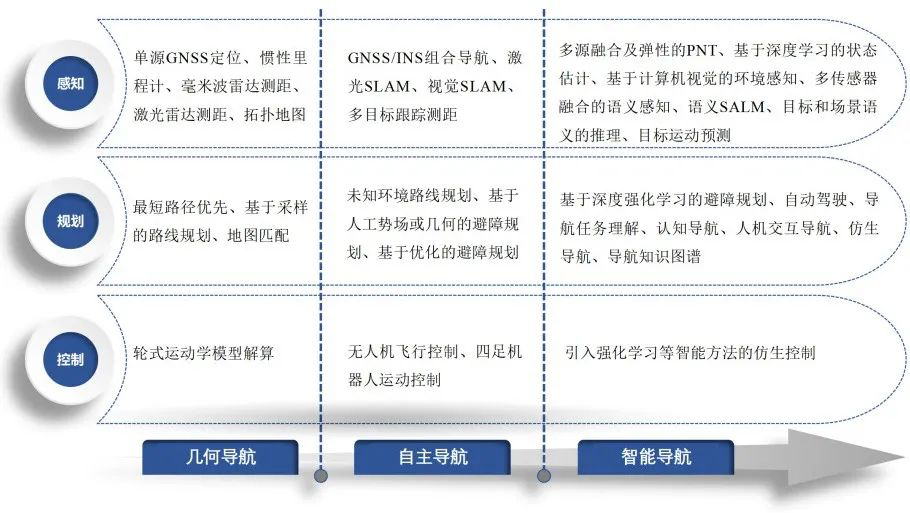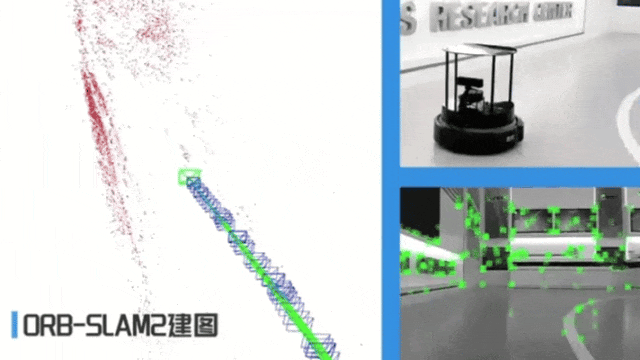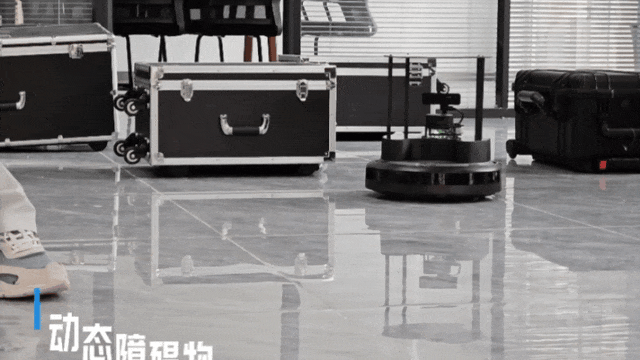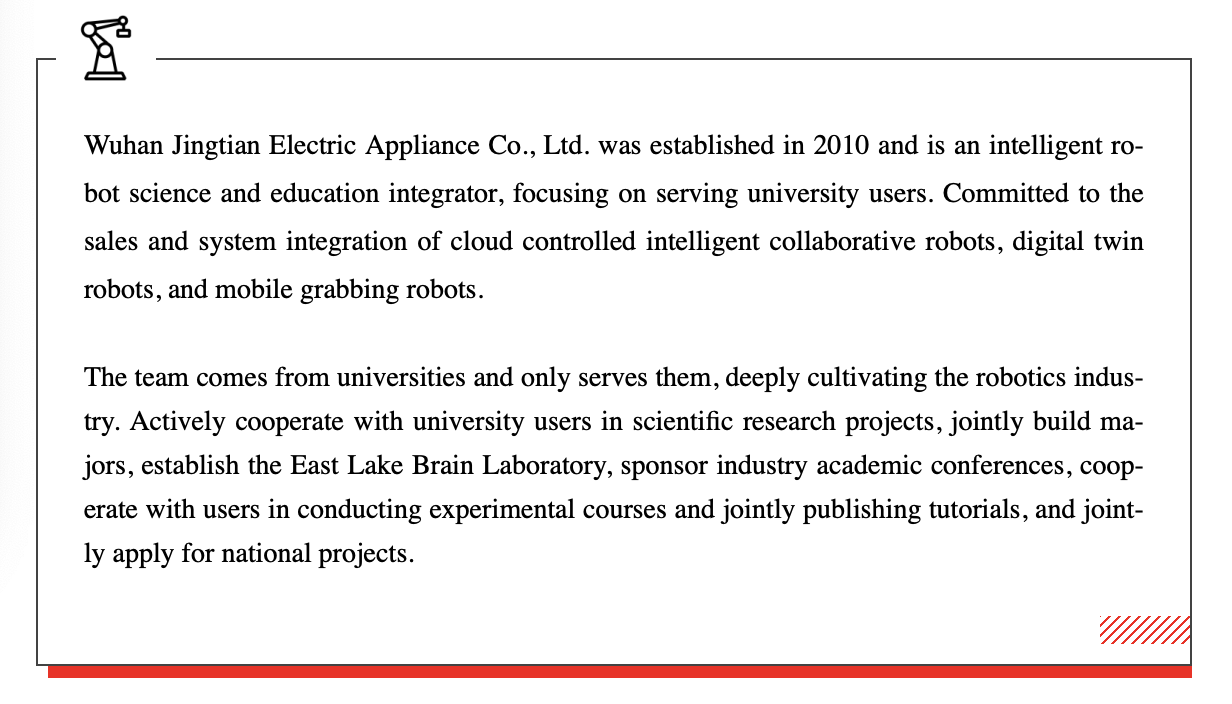Now, supported by the Hubei Provincial Key Science and Technology Project "Research on Key Technologies of Intelligent PNT and Its Unmanned System Applications", the first supporting textbook for Turtlebot robots in China, "Autonomous Intelligent Navigation of Robots", has been officially published. You can purchase online from JD's self operated stores and Dangdang. Welcome to choose!
Purchase link for 'Robot Autonomous Intelligent Navigation': https://item.jd.com/14098554.html

This book is edited by Guo Chi, Luo Yarong, Zuo Wenwei, and Zhan Jiao from the Satellite Navigation and Positioning Technology Research Center of Wuhan University, and published by Science Press. It has been included in the series of textbooks for artificial intelligence and robot engineering majors in ordinary higher education.
Features and highlights of this book
Feature 1:
The author emphasizes the embodiment of the "intelligence" of robot navigation from a methodological perspective, referring to over 400 classic literature and refining more than 80 representative algorithm models. On the basis of considering traditional positioning, navigation, and mapping methods, the author focuses on combining the latest research achievements of artificial intelligence, deep learning, and navigation technology at home and abroad, covering "robot positioning using deep neural networks", "robot semantic SLAM" Emerging topics such as "navigation planning based on deep learning" and "robot cognitive navigation based on reinforcement learning".

Feature 2:
The author attaches great importance to the combination of theory and practice, and has carefully arranged over ten experimental tutorials corresponding to the theoretical part, covering various aspects of robot perception, planning, and control. There are both traditional experiments such as RTK positioning and combined navigation positioning, as well as new experiments such as deep learning and cognitive navigation. The book is highly operational and reflects the author's rich experience in practical teaching.
Practice 1: Remote Control of Differential Wheel Robots
Practice 2: Autonomous Navigation of Wheeled Robots (ROS:: Movebase)
Practice 3: Image Object Detection (YOLOv4)
Practice 4: Image Semantic Segmentation (DeeplabV3+)
Practice 5: Image Target Tracking (SiamRPN)
Practice 6: Utilizing Network RTK Technology to Locate Robots
Practice 7: GNSS/INS loose combination navigation positioning
Practice 8: Inertial Navigation under End-to-End Learning (RoNIN)
Practice 9: Laser SLAM (Cartographer)
Practice 10: Visual SLAM (ORB-SLAM2)
Practice 11: Visual Inertia SLAM (ORB-SLAM3)
Practice 12: Local Navigation Planning and Obstacle Avoidance (TEB Planner)
Practice 13: Cognitive Navigation (SAVN)

The above picture shows Practice 1: Remote Control of Differential Wheel Robots

The above figure shows Practice 10: Visual SLAM (ORB-SLAM2)

The above figure shows Practice 12: Local Navigation Planning and Obstacle Avoidance (TEB Planner)
All the above cases and some newly added engineering practice reference cases can be viewed on the following webpage: https://naviai.zhiyuteam.com/ . Readers can complete the motion navigation control program for mobile robots from scratch.


Donghu Robot Laboratory, 2nd Floor, Baogu Innovation and Entrepreneurship Center,Wuhan City,Hubei Province,China
Tel:027-87522899,027-87522877
Robot System Integration
Artificial Intelligence Robots
Mobile Robot
Collaborative Robotic Arm
ROS modular robot
Servo and sensor accessories
Scientific Research
Professional Co Construction
Training Center
Academic Conference
Experimental instruction
Jingtian Cup Event